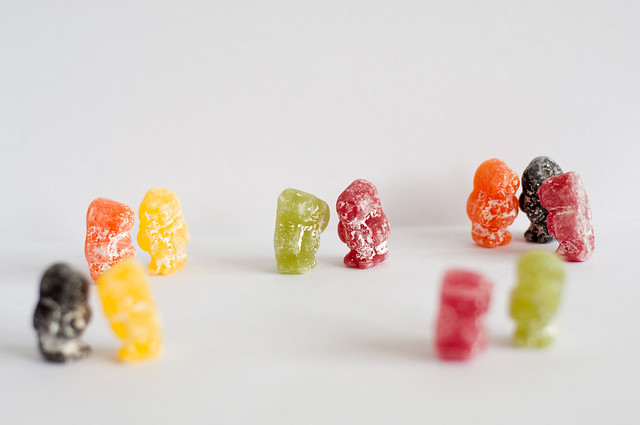By Guest Author Krista Morasch
 As a speed-dating skeptic myself, it is intriguing to discover that although a six minute date does not offer sufficient time to learn a lot about a partner, the determinant in desire for a second interaction does not then completely fall to physical attraction. With social media and other modern technologies hastening our judgments of people, the ultimate impacts of these impressions remains a fruitful area of research.
As a speed-dating skeptic myself, it is intriguing to discover that although a six minute date does not offer sufficient time to learn a lot about a partner, the determinant in desire for a second interaction does not then completely fall to physical attraction. With social media and other modern technologies hastening our judgments of people, the ultimate impacts of these impressions remains a fruitful area of research.
Houser, Horan, and Furler recently conducted a study of 157 speed daters. They covered three basic issues in their study:
- How the dater’s predicted value of a future relationship relates to his/her attraction, similarity, and nonverbal communication to develop liking (such as eye contact) to her/his date.
- How the dater’s predicted value of a future relationship relates to his/her desire for a future date.
- How the dater’s attraction, similarity, and non-verbal communication relates to his/her desire for a future date.
The results indicated that when a dater predicted the value of a future relationship to be high, their attraction and amount of positive nonverbal communication was high as well. Similarity however, did not relate to the predicted value of a future relationship. The results also revealed when the predicted values of future relationships to be high when so too was the desire for a future date. Obviously then, a high desire for a date positively corresponds to high levels of attraction and positive nonverbal communication. Using this principle, the researchers could predict with 77 percent accuracy whether a dater would desire another date.
With this knowledge of what makes people say yes or no to another date, people have the opportunity to become super speed-daters. They will know what to do to enhance their chances of getting another date and hopefully use the knowledge in their speed dating endeavors. This study has provided and proven prescript things one can do to achieve this end. For instance, a dater can practice grooming and hygiene in a way to make him or herself more attractive. Also, a dater can intentionally send nonverbal communication showing his or her interest such as leaning in, holding eye contact, and/or smiling. Finally, he or she can choose discussion topics that will make him or her seem pleasant and desirable to be around in the future. When attractiveness, nonverbal communication, and high perceived value of a future relationship are present the likelihood for a desired further date is high as well. As such, it appears that enhancing any or all of these criteria will also enhance one’s date probability.
Houser, M.L., Horan, S.M., & Furler, L.A. (2008). Dating in the fast lane: how communication predicts speed-dating success. Journal of Social and Personal Relationships, 25, 749-768.